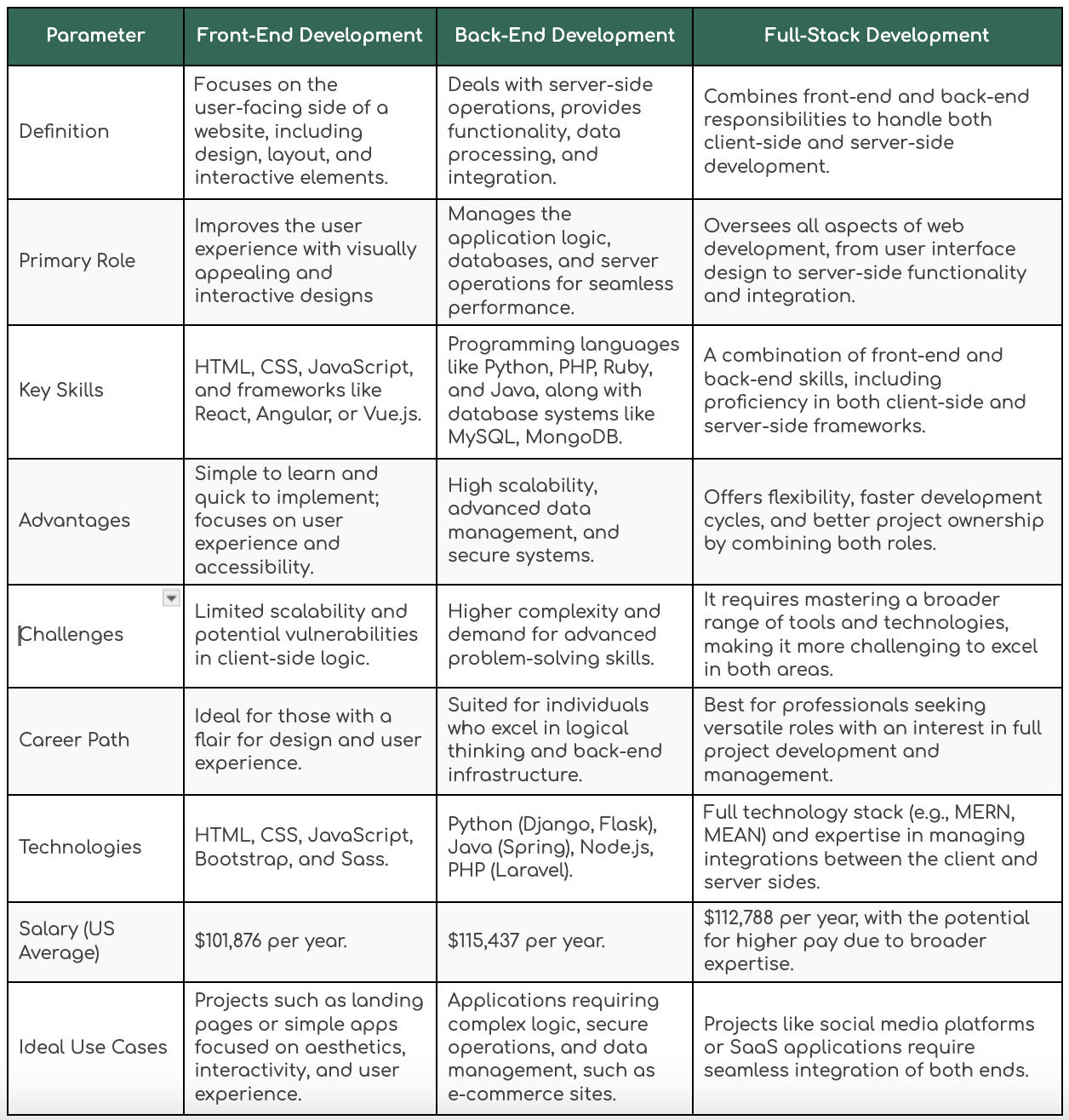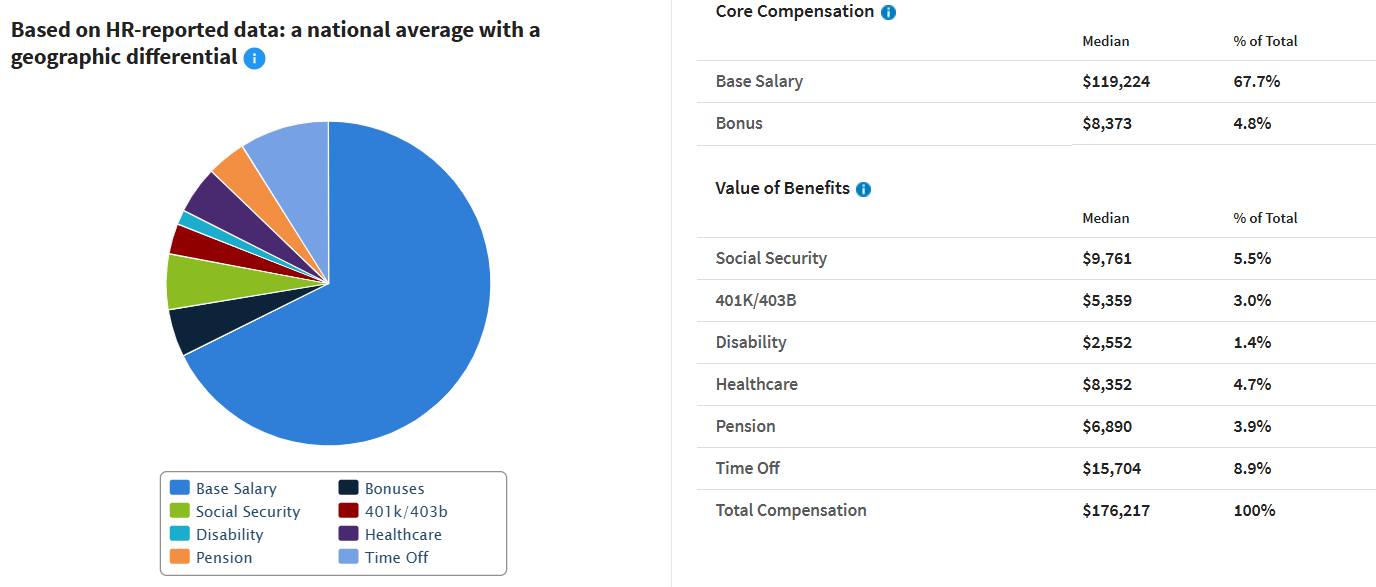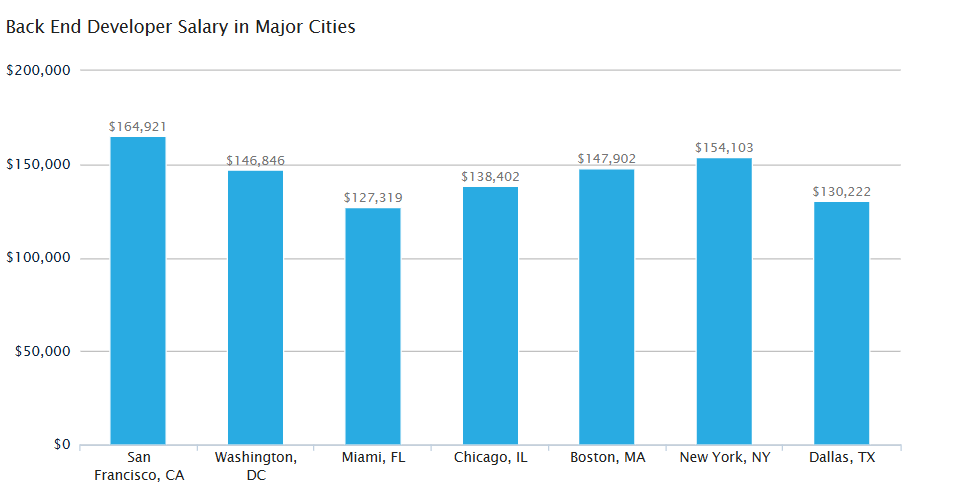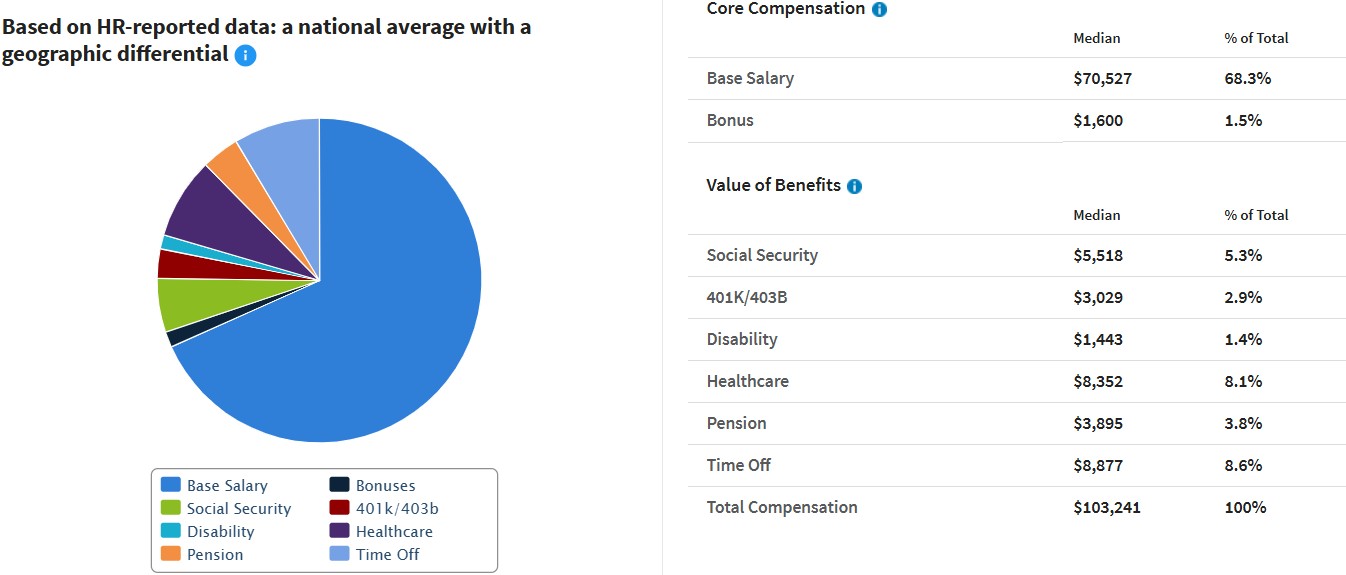- Published on
Front-end vs Back-end vs Full stack: which to choose?
- Authors
- Name
How do you choose between front-end, back-end, or full-stack development for your career or project? It is important to understand the differences between these roles for success. Each specialization --- front-end, back-end, and full-stack --- offers unique benefits and challenges that suit different goals and skill sets. This guide outlines the core differences, advantages, and practical applications of front-end vs. back-end vs. full-stack development.
What is front-end development?
Front-end development focuses on creating the visual and interactive elements of a website or application that users interact with directly. This includes components like layouts, typography, colors, buttons, navigation menus, and interactive forms. It combines coding skills with an emphasis on user experience, making websites visually appealing and functional across various devices and browsers.
Front-end developers utilize foundational web technologies like HTML to structure content, CSS to style and format it, and JavaScript to add interactivity and dynamic behavior. Popular frameworks and libraries such as React, Angular, and Vue.js further streamline the development process, which allows developers to build complex interfaces with reusable components. Choose frontend development services to provide solutions that create dynamic and user-friendly interfaces.
Source: Salary.com
The demand for front-end developers continues to grow, with the global web development market projected to reach $97.52 billion by 2029 according to studies, growing at a CAGR of 6.91% from 2024 to 2029. Salary.com report states that as of December 1, 2024, the average Front-End Developer salary in the United States is $119,224, with a typical range between $106,922 and $130,083 with experienced developers earning even more. To achieve modern and engaging designs, businesses often turn to an Android app development company for the best front-end solutions.
What is a Back-End Developer?
A back-end developer handles the server-side components of a website or application that deliver functionality, logic, and database interactions. While front-end developers manage the visible aspects that users engage with, back-end developers oversee the behind-the-scenes operations that allow the front end to work seamlessly. They process user requests, store and retrieve data, and manage application workflows.
Back-end developers use programming languages such as Python, Java, PHP, Ruby, and frameworks like Node.js, Django, and Spring to create server-side solutions. They also work with databases like MySQL, PostgreSQL, and MongoDB to store and manage data. APIs are often built and maintained by back-end developers to enable communication between different systems, including the front-end. They work with modern tools and approaches and should know how AI can help to build a profitable app to further improve back-end processes and streamline development.
Source: Salary.com
The role demands strong problem-solving skills and expertise in server architecture to make applications operate reliably and securely. According to Salary.com, as of December 1, 2024, the average back-end developer salary in the United States is $119,224, with a typical range between $106,922 and $130,083. The demand for back-end developers is significant. A report from Statista found that recruiters worldwide have identified back-end and full-stack developers as the most sought-after IT roles in 2024.
What is a Full-Stack Developer?
A full-stack developer is a professional skilled in both front-end and back-end development, capable of managing all aspects of a web application. They work on the client-facing user interface as well as the server-side logic, so the application runs smoothly from end to end. Their role encompasses tasks such as designing web layouts, developing APIs, managing databases, and integrating systems. A full stack development company can provide the expertise needed to build scalable applications.
Full-stack developers use a wide array of technologies, including HTML, CSS, and JavaScript for front-end tasks, as well as Python, Java, PHP, and Node.js for back-end operations. They often work with frameworks like React or Angular for front-end development and Django or Spring for back-end development. They manage databases like MongoDB and MySQL.
Source: Salary.com
The versatility of full-stack developers makes them highly valuable in the tech industry, particularly for startups and small to medium-sized businesses. According to Salary.com, as of December 2024, the average annual salary for a full-stack developer in the United States is $122,234, with most earning between $110,451 and $135,223. The U.S. Bureau of Labor Statistics predicts a significant growth of 23% in web development roles, including full-stack developers, from 2021 to 2031, which indicates growing demand in the field.
Full-stack development is an ideal choice for professionals who enjoy versatility and have the aptitude to balance design, development, and data management tasks. Businesses benefit from full-stack development services by obtaining seamless, scalable, and integrated solutions for their web applications.
Front-end vs back-end vs full-stack
A clear comparison between front-end, back-end, and full-stack development can help you understand the distinct roles, skills, and advantages of each. This table evaluates the three roles based on core criteria to help you determine the most suitable path for your needs or project requirements.

This table highlights how each type of development aligns with different project requirements, skill levels, and career aspirations.
How to decide between front-end, back-end, and full-stack development
Each path offers unique opportunities and challenges, but how do you determine which aligns with your skills and goals? Whether you are curious about what a back-end developer is, want to know the distinctions between front end and back end, or assess the potential of full stack vs back-end roles, you must understand the market demand and career trajectories. Let's break down how to make the best choice.
Image created with napkin.ai
Step 1. Assess your interests and strengths
Your personal interests and natural strengths play the most important role in choosing the right path. If you are passionate about visual design and enjoy creating user-friendly interfaces, front-end development might be the best fit. It allows you to focus on aesthetics, interaction design, and usability. On the other hand, if logical problem-solving, algorithms, and working with server-side operations excite you, back-end development could align with your skills. For those who enjoy versatility and want to contribute to both the client and server sides of an application, full-stack development provides a rewarding career option.
Step 2. Consider your career goals
Your long-term career aspirations affect your decision. Choose either front-end or back-end development. This choice leads to roles that demand deep expertise in a specific area, such as UI/UX design or database management. If you want to work in smaller teams or startups that value versatility, full-stack development places you as a valuable asset. Consider future trends like AI, cloud computing, or IoT, which often require strong back-end or full-stack skills for large-scale applications.
Step 3. Evaluate the project's requirements
The type of project you're working on determines the development role you should pursue. For example, front-end development is ideal for projects such as landing pages or portfolios. In contrast, back-end development is important for applications requiring secure user authentication, complex data handling, or dynamic content generation, such as online banking platforms. Full-stack development is best suited for projects like SaaS solutions or marketplaces.
Step 4. Account for learning curves
The ease or difficulty of learning the required skills can also guide your choice. Front-end development is considered beginner-friendly, with tools like HTML, CSS, and JavaScript that offer an accessible entry point. However, back-end development requires server-side programming languages, databases, and API integrations, which can be more challenging for newcomers. Full-stack development combines both skillsets and demands significant time and effort but provides broader career opportunities and a chance to take ownership of complete projects.
Step 5. Research job market opportunities
The demand for developers differs by role and industry, and researching job trends can provide some insights. Front-end developers are typically sought by companies that create user-facing products, such as e-commerce sites or marketing platforms. Back-end developers are in high demand in industries that require advanced server-side solutions, such as finance and logistics. Full-stack developers are particularly attractive to startups and smaller companies that seek cost-effective, versatile talent capable of managing end-to-end development. Assess local and global job markets to identify which path aligns with your employment prospects.
Conclusion
The decision also depends on the type of projects you want to work on. Whether you build dynamic user interfaces, develop server-side operations, or manage both, you must understand the distinctions to choose the best fit. If you align your strengths and aspirations with the requirements of these roles, you can make the decision that supports your professional growth.
FAQ
Can I switch between front-end, back-end, and full-stack development during my career?
Yes, many developers transition between these roles as their interests and expertise evolve. For example, a front-end developer may learn back-end skills to become a full-stack developer, while a full-stack developer might specialize in one area based on project requirements or personal preference.
What's the demand for front-end vs. back-end vs. full-stack developers in 2024?
In 2024, back-end and full-stack developers are among the most sought-after IT roles, driven by the growing complexity of server-side logic, cloud-based solutions, and the need for seamless integration of applications across platforms. Front-end developers remain in high demand for user-facing projects, especially in sectors like e-commerce, SaaS, and digital media. With the global web development market projected to grow opportunities for front-end, back-end, and full-stack developers are expanding, The demand reflects the increasing reliance on web technologies to power digital transformation across industries.
Should I start with front-end or back-end development if I'm new to programming?
Front-end development is generally considered more beginner-friendly due to its visual nature and use of accessible tools like HTML, CSS, and JavaScript. Back-end development involves more complex logic, databases, and programming languages, which may be harder for newcomers.
Can I start as a full-stack developer, or should I specialize first?
While it's possible to begin as a full-stack developer, many experts recommend starting with either front-end or back-end development to build a strong foundation. Specializing first allows you to master the core skills of one discipline before expanding into the other. Full-stack development often requires a broader skill set, which can be overwhelming for beginners.




